It’s almost comical. One of the best in-ear headphones (earphones) available at any price comes in a package that isn’t nearly as nice as some of the cheapest headphones available. Not only that, there’s an embarrassing selection of only three pairs of tips, no mic and … no case? Are you kidding me? Okay, they do (finally) offer a case—for 15 extra bucks! It’s not included in the box. And therein lies the irony of Grado’s GR10e earphones—so few accessories, so much goodness. I wouldn’t hesitate recommending the GR10e earphones, because they are absolutely terrific—end of story. But not end of review.
Grado is one of those companies that is purely an American success story. What began as a small phono cartridge company on the site of the Grado family grocery business evolved into a premier audio company that offers handmade headphones and turntable cartridges for demanding audiophiles. However, Grado does not manufacture their line of earphones. The GR8e ad GR10e earphones come from Japan and are tuned to Grado’s specifications to get that “Grado sound.”
So what is the “Grado sound,” anyway? All I can say after owning the original GR10, GR8 earphones and 325is headphones is that Grado strives for accuracy above an artificially enhanced bass-like sound. Some argue that Grado headphones are too bright. While there may be some validity to that argument, I prefer to think of Grado phones as more true to the recording than many more popular, cheaper-made and less accurate headphones. Are there better sounding headphones and earphones? Sure, but they are going to cost a lot more—in fact, some of those better models are made by Grado themselves.
But this review is about the successor to the GR10 earphone, the GR10e. Let’s get this out of the way right now: If you already own the original GR10, save your money on an upgrade. As good as the GR10e earphones are, they are only marginally better than the original. Some may not notice a difference at all. However, if your original GR10 or GR8 earphones are wearing out or you’re thinking about a major upgrade from other earphones or if you’re just looking at Grado for the first time, read on.
The GR10e’s exterior is an exact copy of the GR10, with one visible difference; the silvery aluminum band near the ear tip is now copper-colored. Grado has kept the same metallic teal green color for the shell. I’ve never been a fan of the color, but when paired with the copper band, I like it even less. Heck, even the less expensive and same size GR8 earphones look better with their Darth Vader-like metallic blue-black color. However, the GR10e earphones are small and subtle looking, so who cares.
None of the three pairs of supplied ear tips fit my ear, which unfortunately, is normal for me. I just raid my collection of ear tips and grab what fits. Understand that Grado’s supplied ear tips will most likely fit you fine. The problem with fit is because of my ears.
As with the original GR10, the fit is near perfect (with my ear tips). The GR10e earphones are small, weigh almost nothing and will stay in your ears for hours with little or no discomfort. My wife calls the GR8 earphones her jellyfish—don’t ask. The GR10e earphones can be finicky trying to achieve the proper seal, but with practice, it becomes second nature and can be done quickly. Note: A proper seal with the ear tips is important to get accurate bass. As with all earphones, no seal equals little to no bass. However, once the seal is achieved, oh my!
The Grado GR10e earphones are technologically similar to the Klipsch X10i earphones as both use what is called a moving balanced armature. Armatures are the technology used in hearing aids. This type of speaker is known for its accuracy, but they’re not big in the bass area. While this may be generally true, Grado has coaxed a good amount of bass from the speaker in the GR10e. In fact, only bassheads will be disappointed—all others will be more than happy with the GR10e’s accuracy and distortion-free bass. Distortion-free everything for that matter.
My go-to bass tester song, “Silent Shout” by The Knife showed no distortion, even when cranked to painful levels. This proves that other music that relies less on bass should sound good. Great is more like it.
Dave Brubeck”s classic “Take Five” is a phenomenal jazz masterpiece with its breathy sax and tight drumming. Listening with the GR10e earphones evokes an impression of being in the room while it was being recorded. Granted, you don’t feel the sense of space you get with Grado’s open-backed headphones, but it’s close. Couple that with the pristine quality of the recording itself and it becomes a sonic treat. Every tap of drum stick and every breath on the saxophone mouthpiece can be heard clearly. The cymbals shimmer without a hint of harshness. ”Blue Rondo a La Turk” from the same album features a piano attack that flies furiously up and down the frequency range. You can hear each key being struck no matter how fast the playing gets. It’s this clarity and ability of the GR10e earphone’s speaker to replicate the nuances in this song that make the GR10e earphones so good.
Sometimes, the GR10e’s accuracy is not always a good thing. If an album isn’t recorded carefully to begin with, the GR10e earphones will not forgive such sloppiness. Many great songs from the 60s and 70s weren’t great recordings. For instance, music from the Dave Clark Five bear this out. While never as good as the Beatles, they did have massive hits during the British Invasion of the early to mid sixties. Their songs sound a bit better on dynamic speaker earphones because dynamic technology is (usually) more forgiving of less than stellar recording techniques—but at the expense of detail. You can’t have it both ways unless the original tape is expertly mastered. However, feed the GR10e earphones music that is well recorded with wide dynamic range and the result is astounding.
Moby’s (Drop the Lime-Heavy Bass Remix) of the song, “Alice” features a bass drum that will shake your eardrums at a loud volume. This is coupled with an a cappella intro, and you get a kick in the gut along with that vocal clarity—always a good combination. This song is not to my personal tastes but even so, it becomes kind of addictive listening with the GR10e earphones.
Modern digital recording techniques are great for testing earphones, headphones or speakers, since there is no frequency restrictions like there are in the analog world. When you listen with earphones like the Grado GR10e, you can appreciate everything sonically available that’s hidden within any song you care to enjoy. And enjoy you will.
The Grado Gr10e earphones are not cheap. While you may wonder what you paid for when you see them in the box, with no case and only 3 choices of ear tips, you won’t wonder anymore once you insert them into your ears. When you hear them, you will know exactly where your money went. The Grado GR10e earphones sell for $399 and are available now.
Source: The sample for this review was provided by Grado. Please visit www.gradolabs.com for more information and Amazon to order.

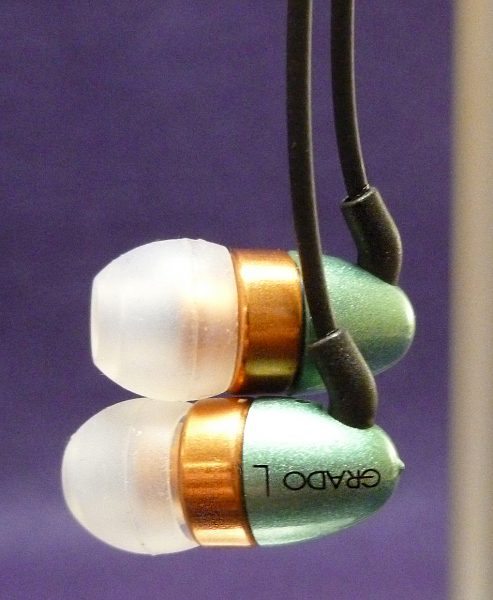
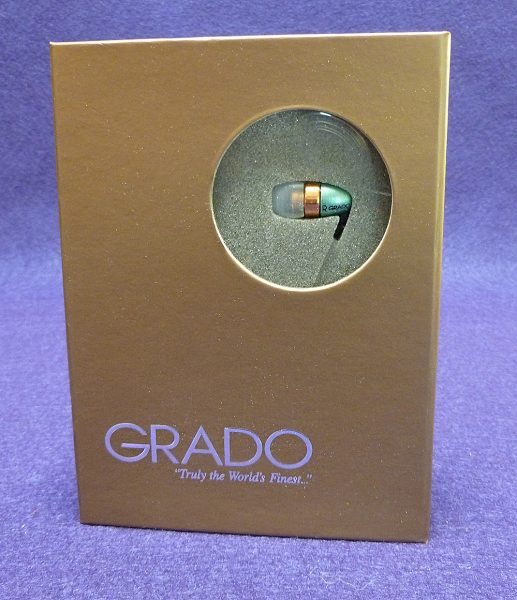

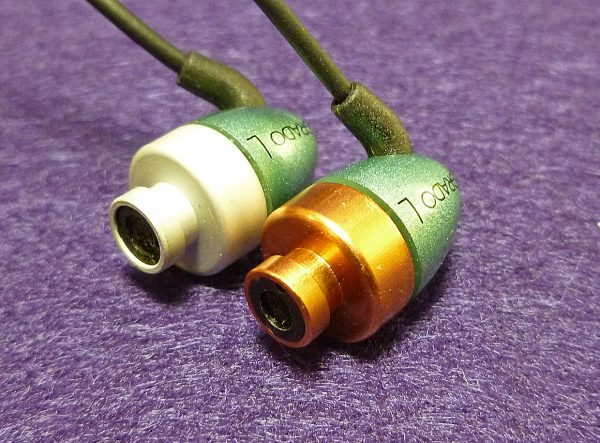
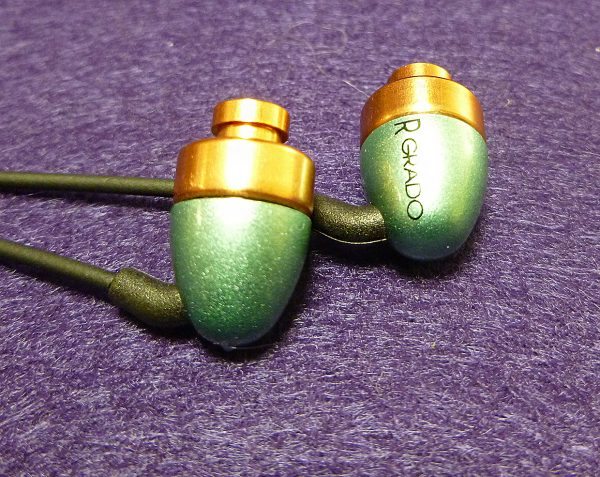
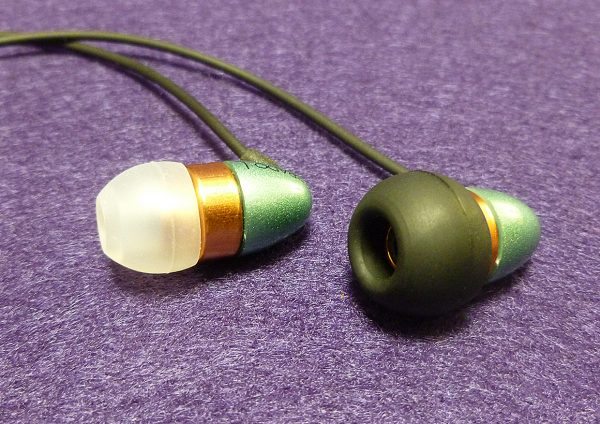
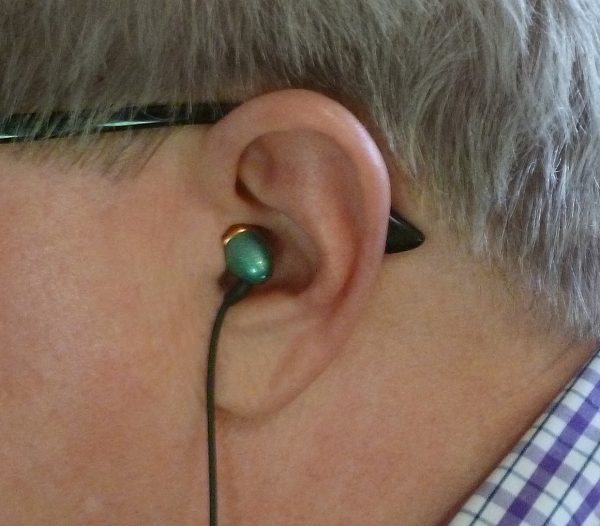
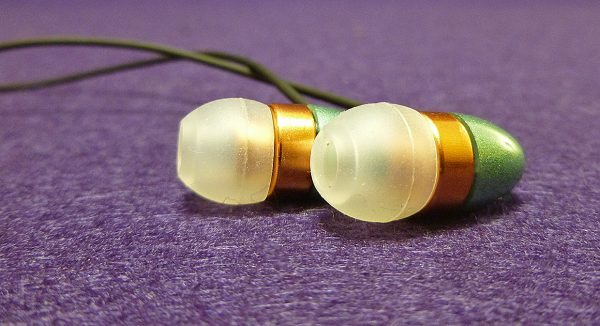


Gadgeteer Comment Policy - Please read before commenting
So on Blue Rondo how loud are the rim taps at 1:32/1:33? 🙂
Sinc you asked… 110 dB. 😉
Great review,concise and straightforward.in their defense Grado have never been about frills in packaging – their most expensive headphones come in the same nondescript cardboard box as their least expensive model. with Grado what you are paying for is sound quality and they certainly deliver in that arena.
and truth be told $399 is nowhere near expensive for the sound quality the GR10e’s deliver . most iem’s or ciem’s that can hold a candle to them start off at $699 and up (Aurisonic,Westone,Etymotic etc) price is relative.that said i agree the change in color scheme was a step backwards,but meh,aesthetics..not so important as how they sound,which is incredible.
I have the same problem with almost every sealed in-ear headphone, they never fit. My ears tunnels are very, very small. I don’t know if that’s your problem to (maybe your tunnels are big…) but maybe you can give me a tip where you get the ones that do fit and are attachable to the grado’s.
I have the iGe’s and i love the sound, so getting a pair that fits would be great!
Thanks!
G Steenbergen,
You may want to try Comply foam tips. They make tips for many brands. Here is a link to their site: http://www.complyfoam.com
Were your GR10s which you compared them with also vented (also having a hole at the bottom) or were they the older ones without it?
I received my GR10e’s today and have never been more disappointed. I’m a working piano/vocal entertainer in Europe and I produce my own tracks with Cubase and Reason on a Mac. For a while I’ve been using the AKG’s that came with my Samsung S8! And they have really been delivering! But having owned the RS-1s for a few years I thought the GR10e would be amazing. How wrong I was. Comparing the two sounds, I’d say without hesitation that the AKGs are way more accurate in terms of what an EQ curve is showing me relative to what I’m hearing.
The GR10e’s lasted about an hour and I replaced therm in the packaging ready to return to the dealer.
The sound? Hmmmm . . . . poor at best. Sure, you might say that it has accuracy and in some respects I’d agree. I can ‘hear’ the bass guitar and the kick drum. But there’s certainly no bass in the sound. And I made sure I fitted the tips that closed my ear entirely to be able to create a bass box in them. No bass. The mids . . . oh dear. From around 900Hz to about 3kHz there is just so much dominance that EQing it out to smooth out the sound just squashes everything to almost nothing. The top end was OK I guess but difficult to really be objective as the rest of the EQ curve was so bad.
Now I’m looking at Klipsch X20-i. They might get closer to what I expect. But the GR10e’s have disappointed so much that I’m at a loss to understand what people are hearing about them that is so good. I’ve been in my game for about 35 years. So I’ve heard a few systems over that time. This was not one that I’d rate highly. Maybe the type/style of music is not suited. But I really did expect better from ‘Truly The World’s Finest’.
Such is life . . .
There was certainly something wrong with the seal. Because I have the GR10e and they have a lot of bass. And they are not bright, even dark. I remember, I was disappointed too when I got them. Until I found how to insert them. They make the tips small and I think there is a reason for them. You insert them, the way you would insert any other IEM. But then, push deeper. It helps if you insert them with the cord upward. Then, you are rewarded with one of the best, most natural and accurate sound there is. Big soundstage. And voices sound so rich and warm. Even muted trumpets, which tends to sound thin, sounds warm and thick with the GR10e (not too much, or it wouldn’t sound like muted trumpets!). If you have a chance to hear them again, try to push them deeper and hear how they sound.